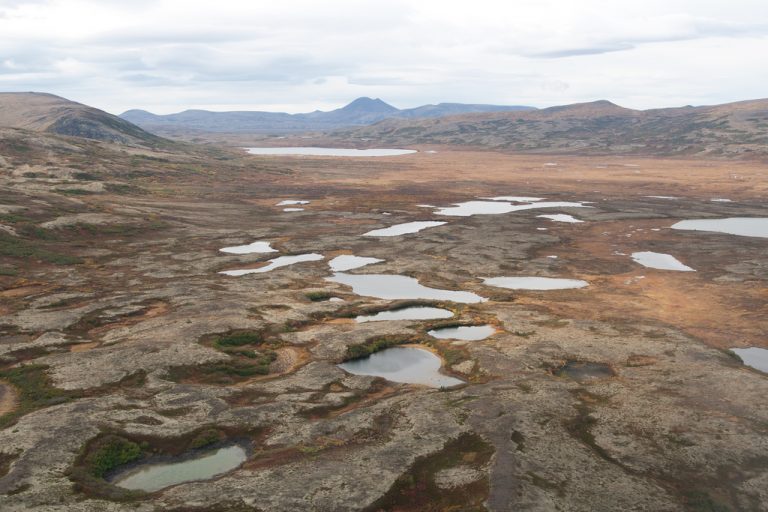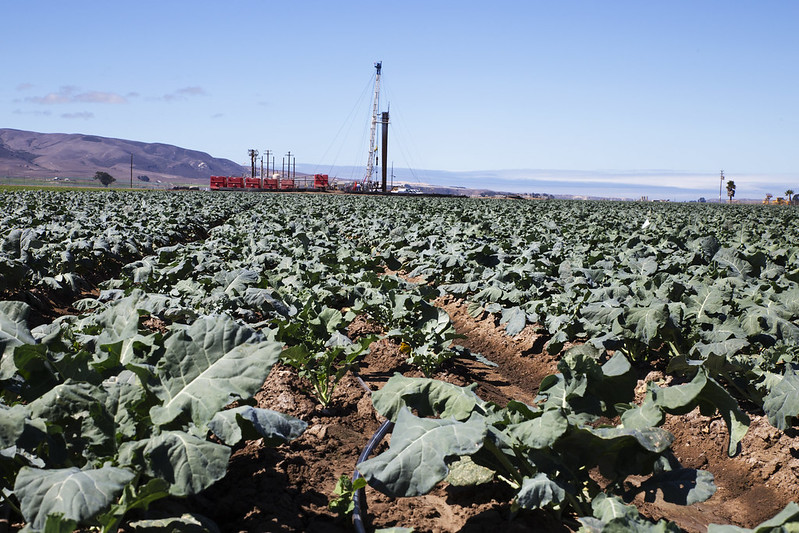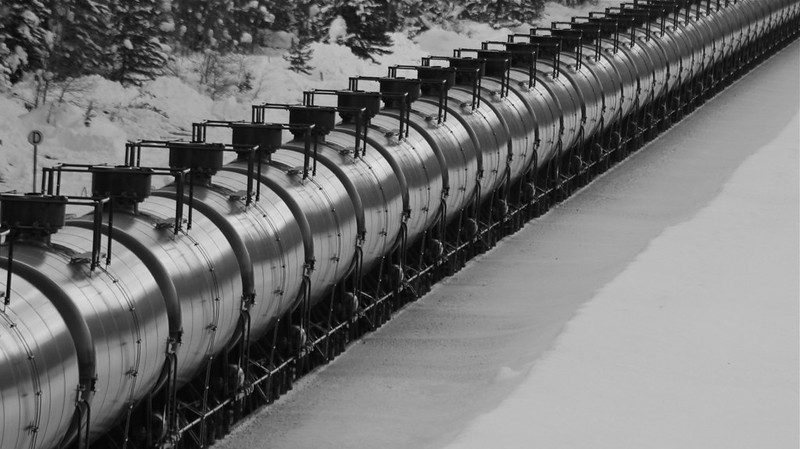“The extent that PFAS has contaminated fish is staggering,” said the lead researcher, advocating for “a single health protective fish consumption advisory for freshwater fish across the country.”
By Jessica Corbett. Published 1-17-2023 by Common Dreams

Photo: Tom Koerner/U.S. Fish and Wildlife Service/flickr/CC
Yet another study on Tuesday raised the alarm about the dangers of “forever chemicals,” revealing that eating just one locally caught freshwater fish in the continental United States can be equivalent to drinking contaminated water for a month.
Per- and polyfluoroalkyl substances (PFAS) are widely called forever chemicals because they persist in the human body and environment for long periods. Despite public health concerns, the manufactured chemicals have been used in products ranging from firefighting foam and waterproof clothing to nonstick pans and food packaging. Continue reading










